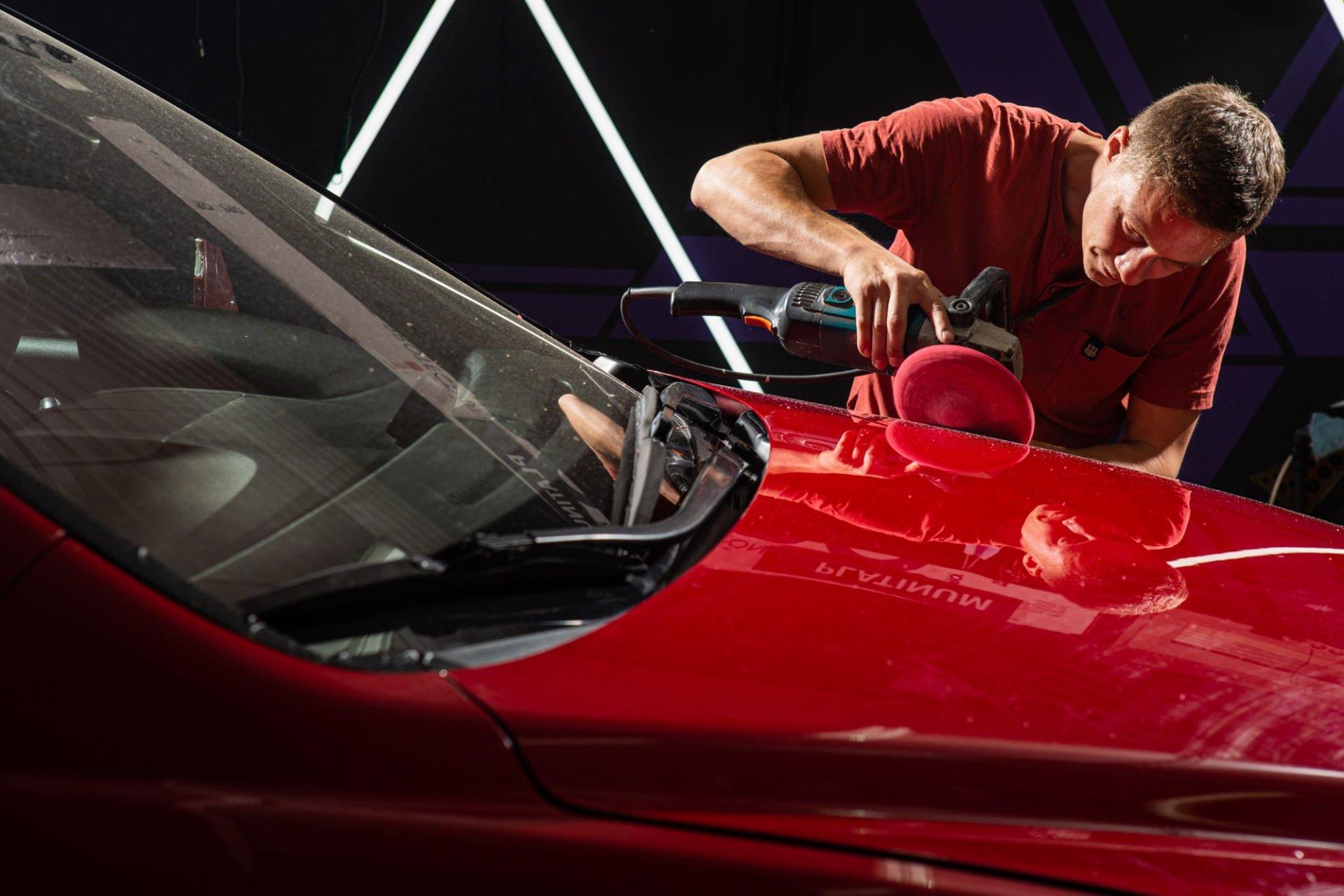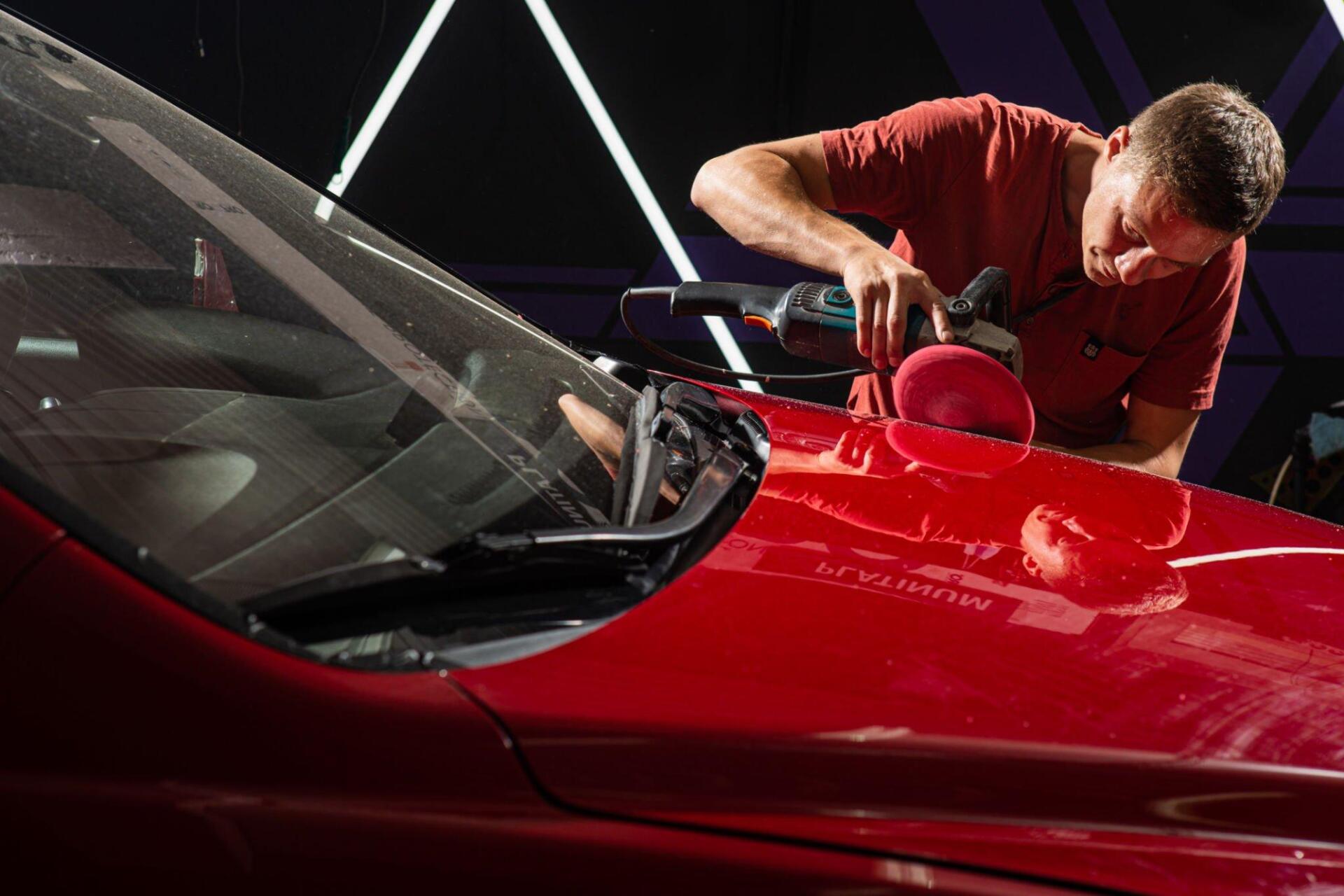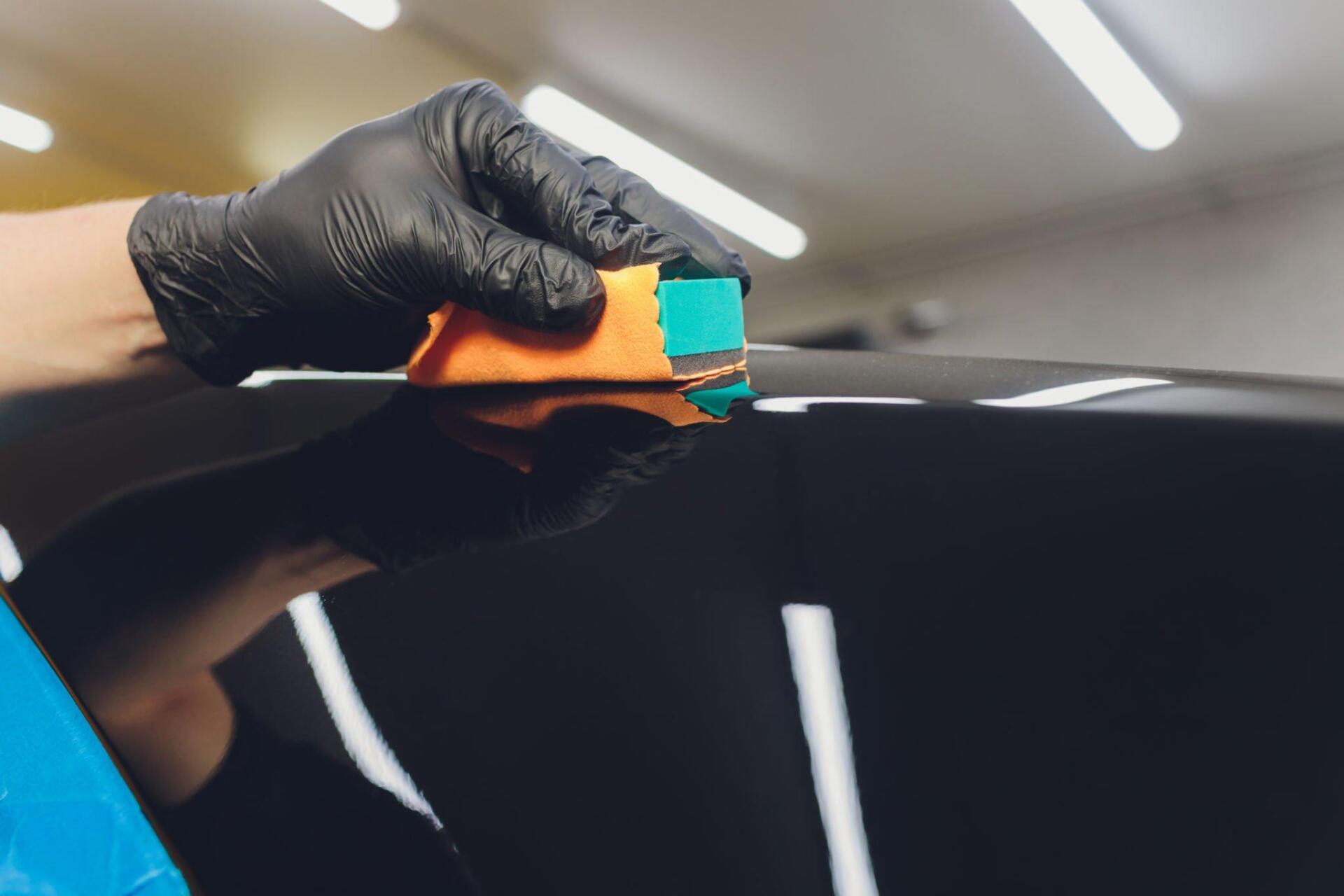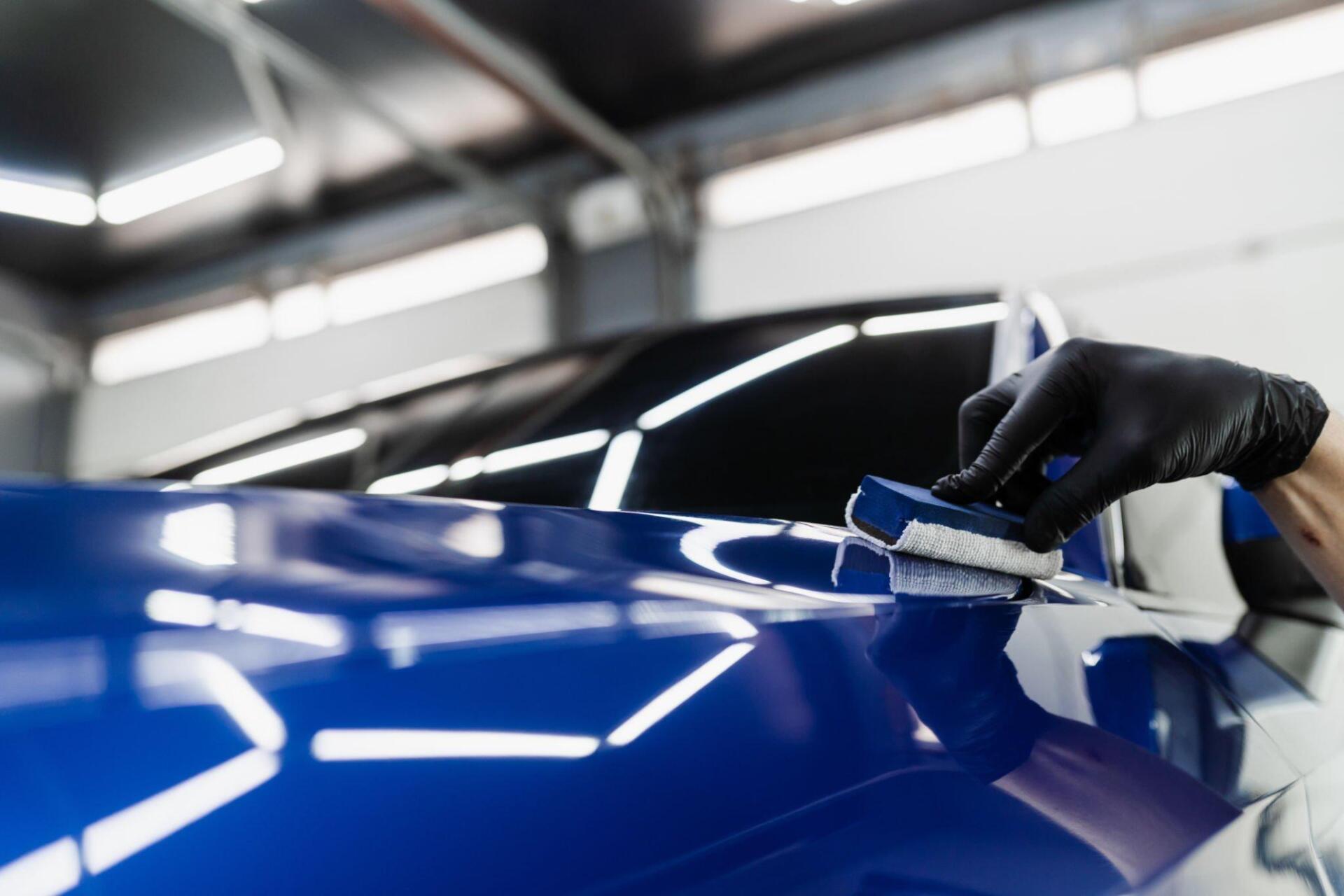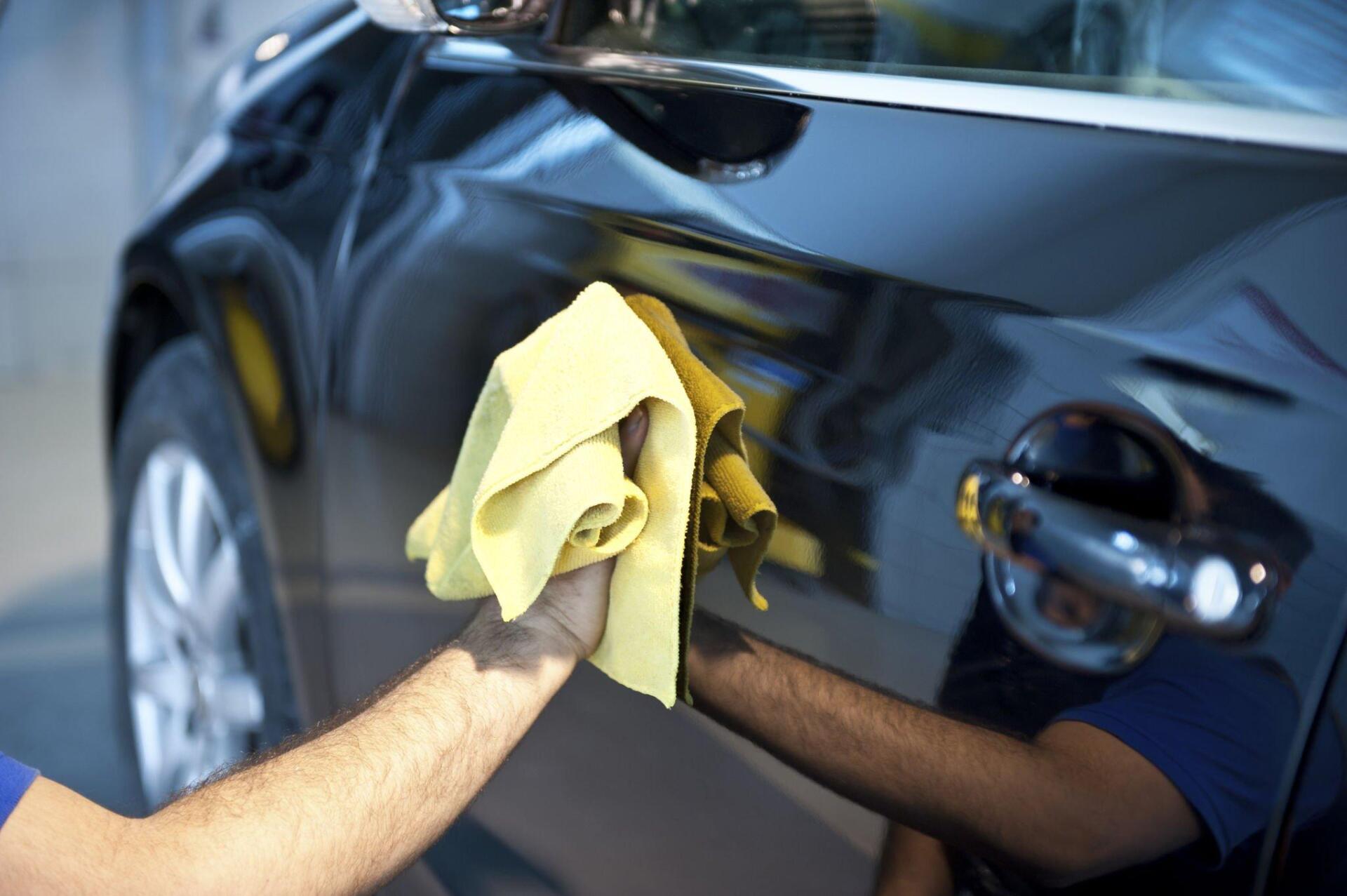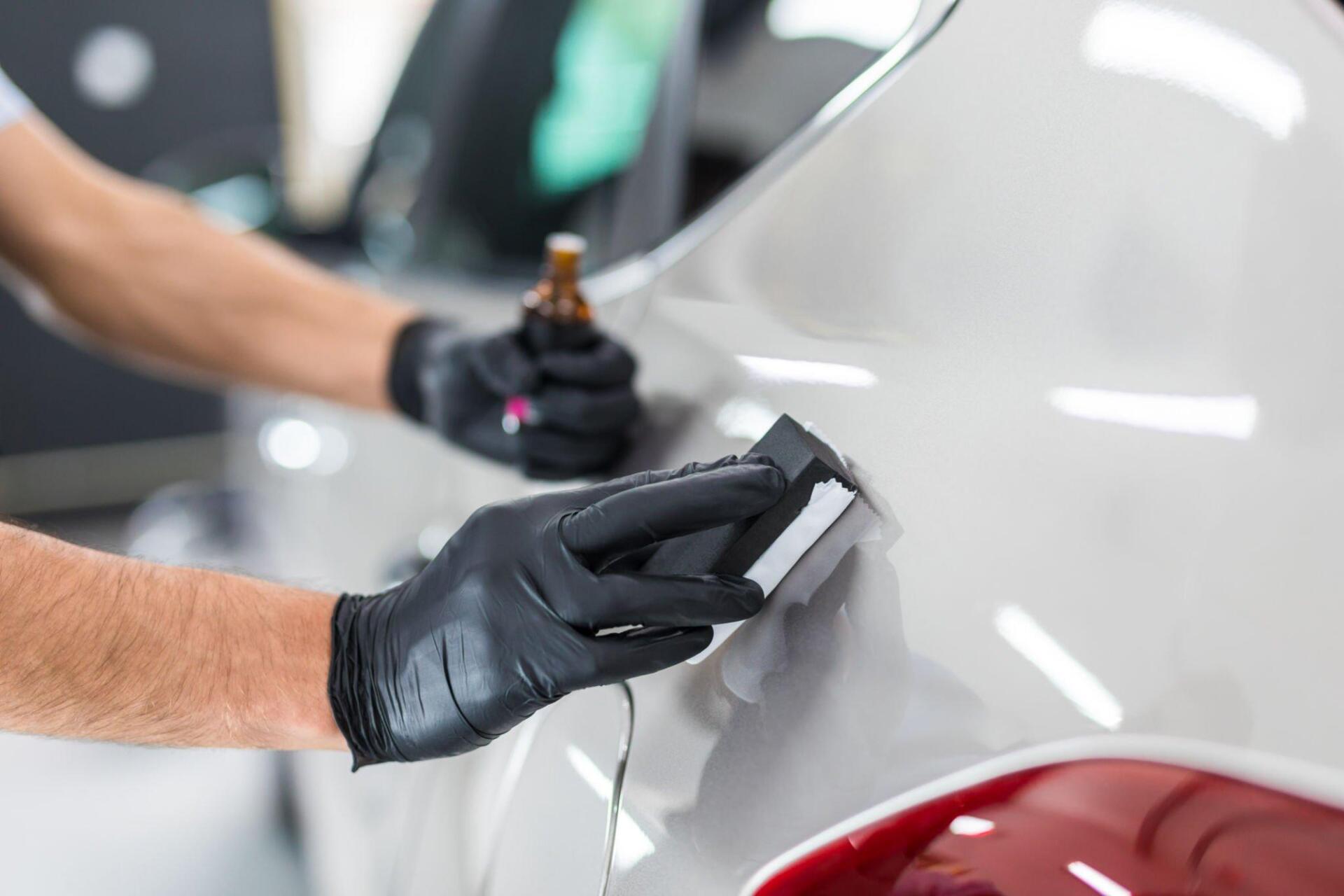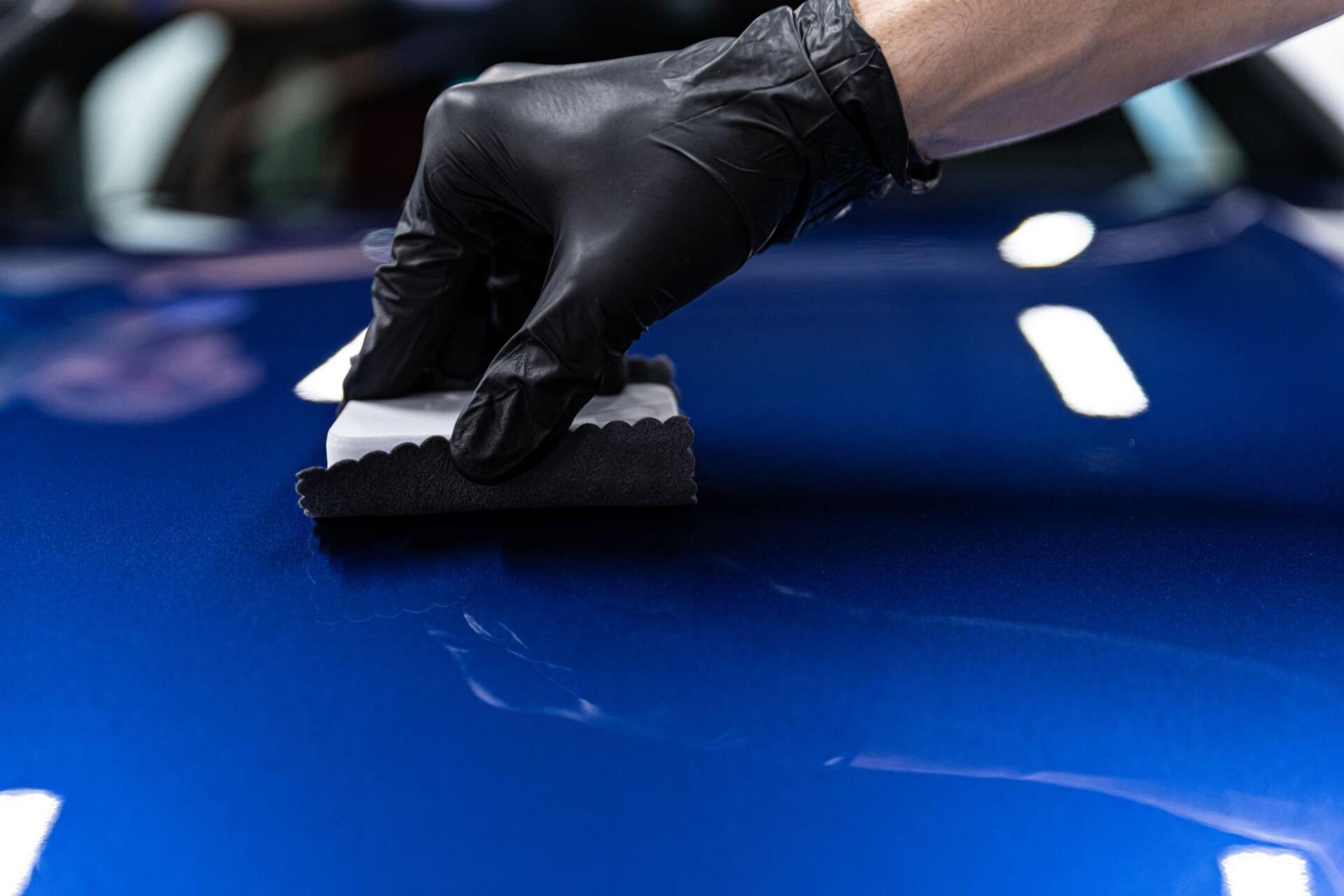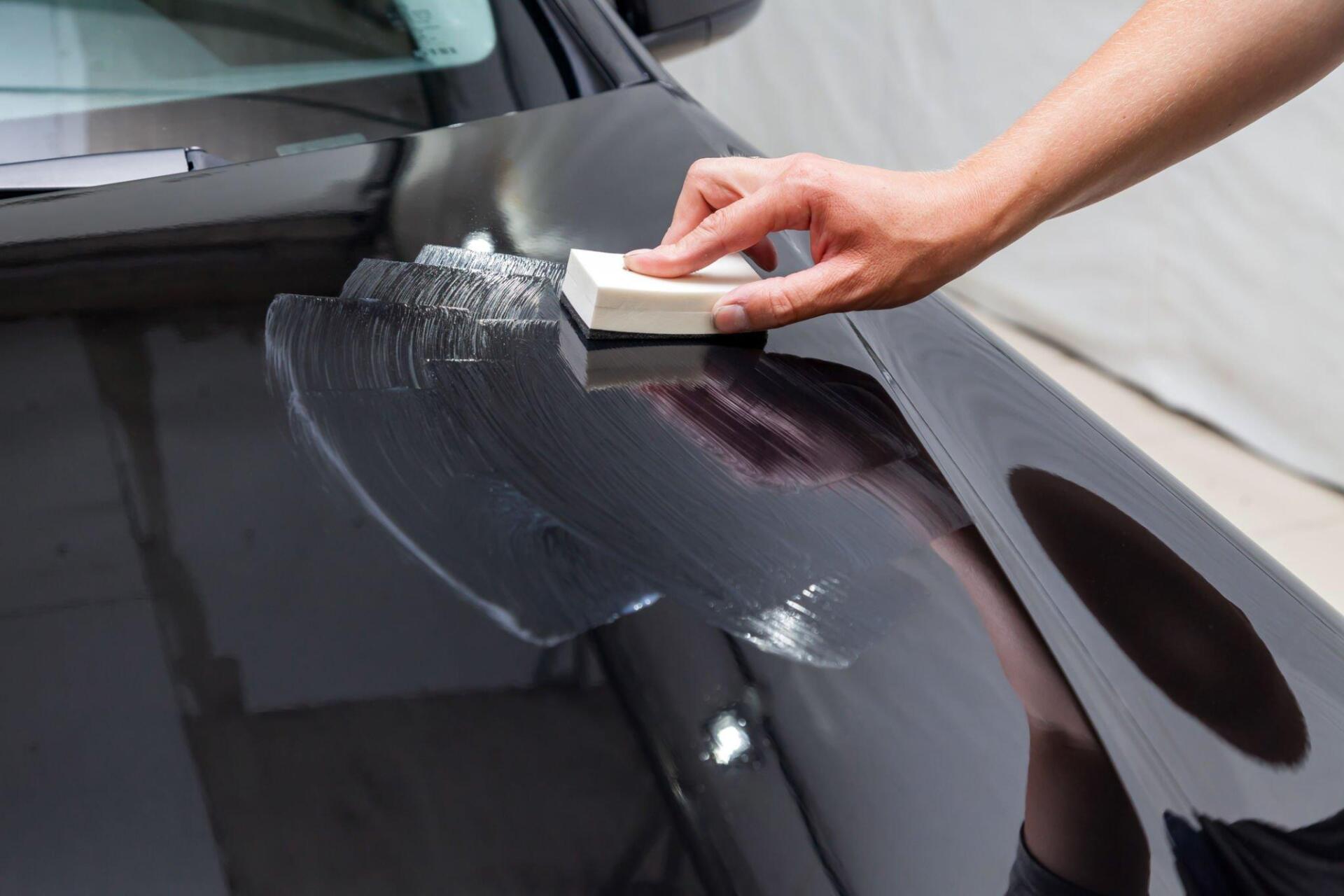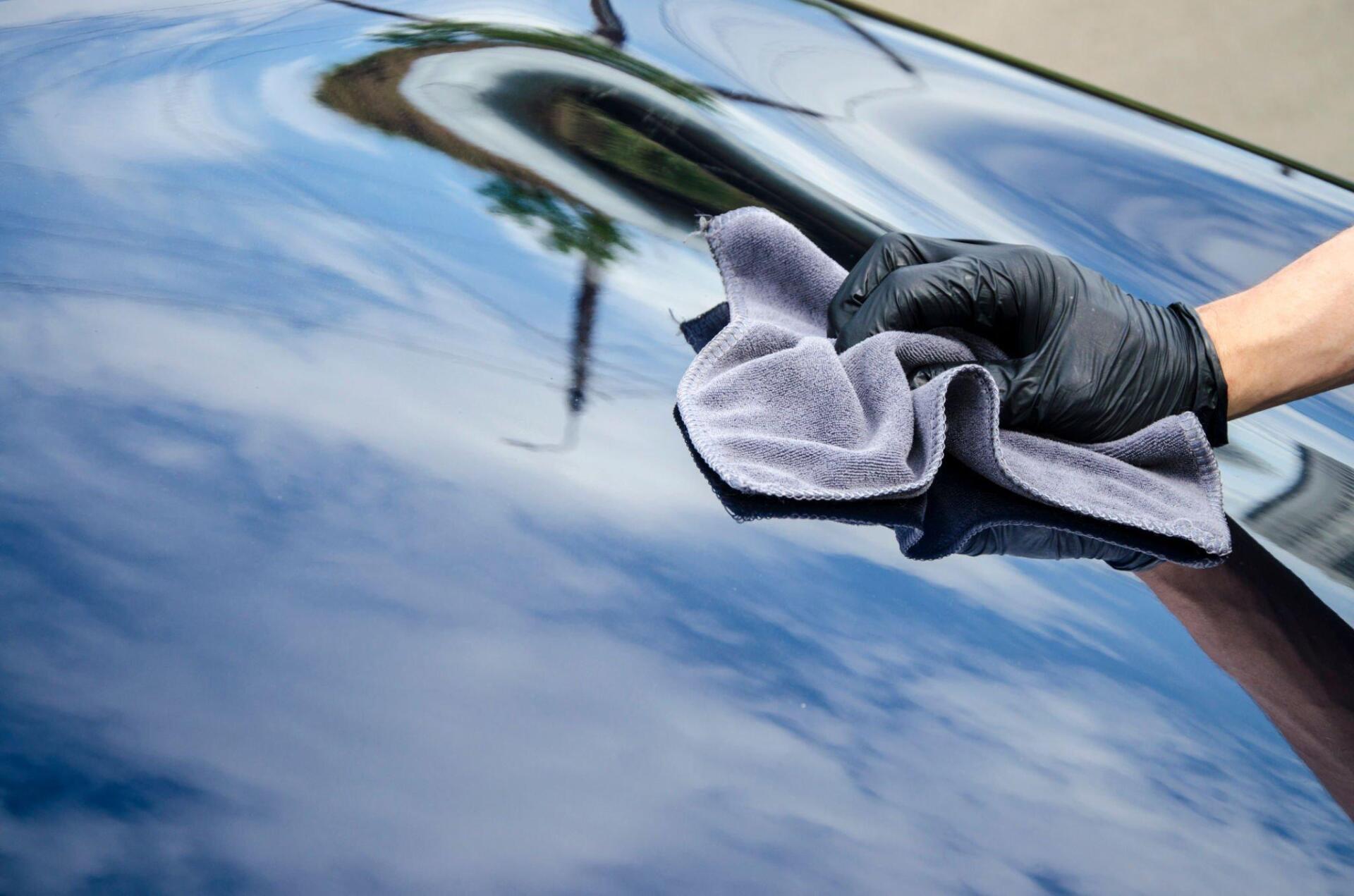5 Tips To Keep Your Ceramic-Coated Car Clean
5 Tips To Keep Your Ceramic Coated Car Clean
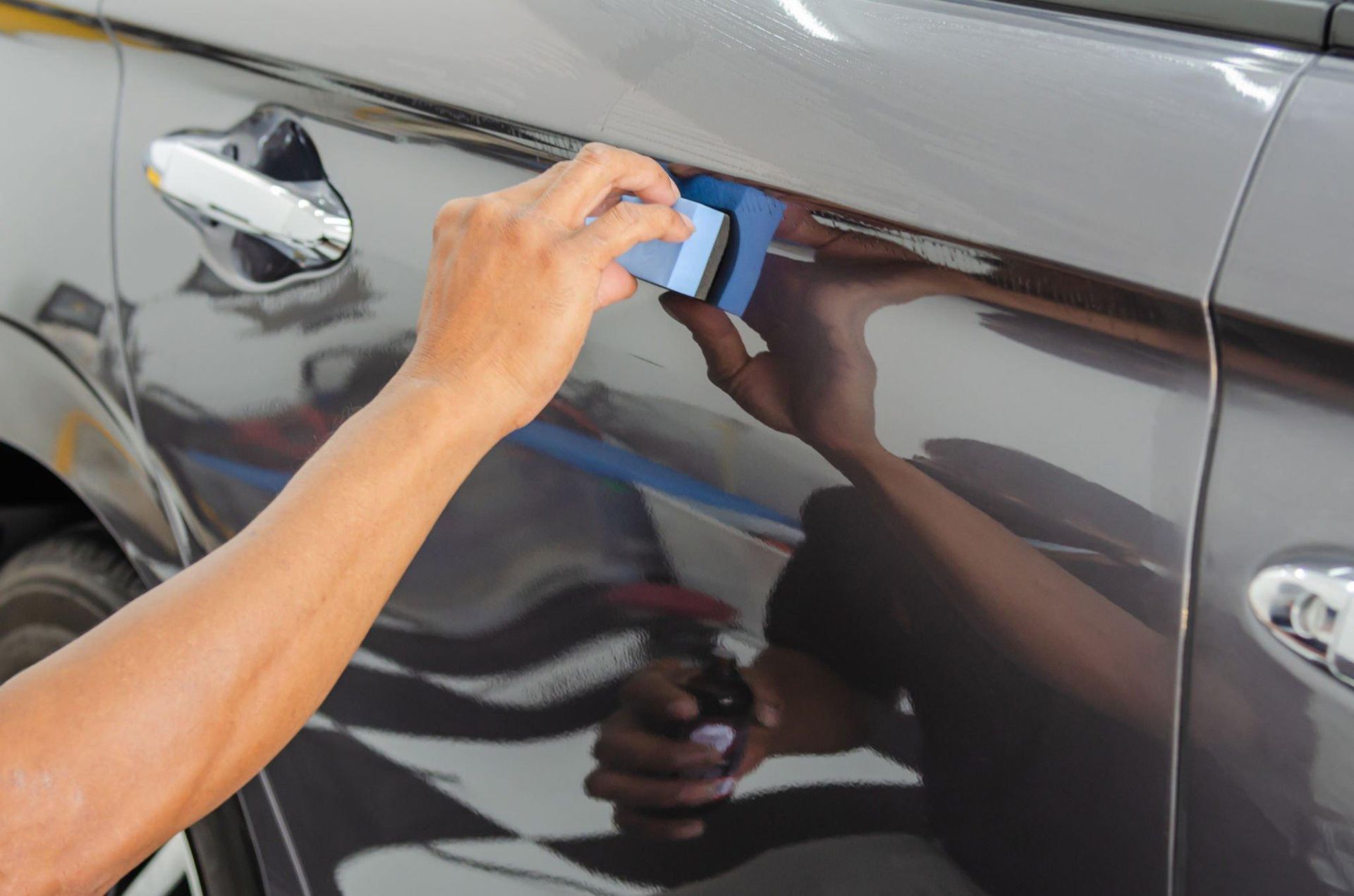
If you're the proud owner of a ceramic-coated car, you'll want to do everything you can to keep it looking its best. Ceramic coatings are a great way to protect your car's paint and give it a glossy finish, but they require some special care. Here are 5 tips to help you keep your ceramic-coated car clean:
- Use the right products: One of the most important things you can do to keep your ceramic-coated car clean is to use the right cleaning products. Avoid harsh chemicals or abrasive cleaners, as these can strip the paint and damage the coating. Instead, opt for gentle, pH-neutral products designed explicitly for ceramic coatings. These will be gentle on the coating yet effective at removing dirt and grime.
- Refrain from washing your car in direct sunlight: It's best to wash your car in the shade or on a cloudy day, as direct sunlight can cause the cleaning solution to dry too quickly and leave spots or streaks on the paint. Additionally, the heat of the sun can cause the coating to become more susceptible to damage.
- Use a pH-neutral car wash soap: As mentioned above, using a pH-neutral car wash soap is essential when cleaning your ceramic-coated car. These types of soaps are gentle on the coating and won't strip away the protection.
- Dry your car thoroughly: After you've finished washing your vehicle, be sure to dry it thoroughly to prevent water spots from forming. Use a high-quality microfiber towel or chamois cloth to blot the car's surface gently. Avoid using regular towels, as these can leave lint behind and potentially scratch the paint.
- Regular maintenance is critical: In addition to washing your car regularly, performing other maintenance tasks is essential to keep the ceramic coating in good condition. These tasks include applying a ceramic coating maintenance spray or wax and regular cleaning and protecting the wheels and tires.
By following these tips, you'll be able to keep your ceramic-coated car clean and looking its best. With the right products and a little elbow grease, you can maintain the glossy finish and protection of your ceramic coating for years to come.
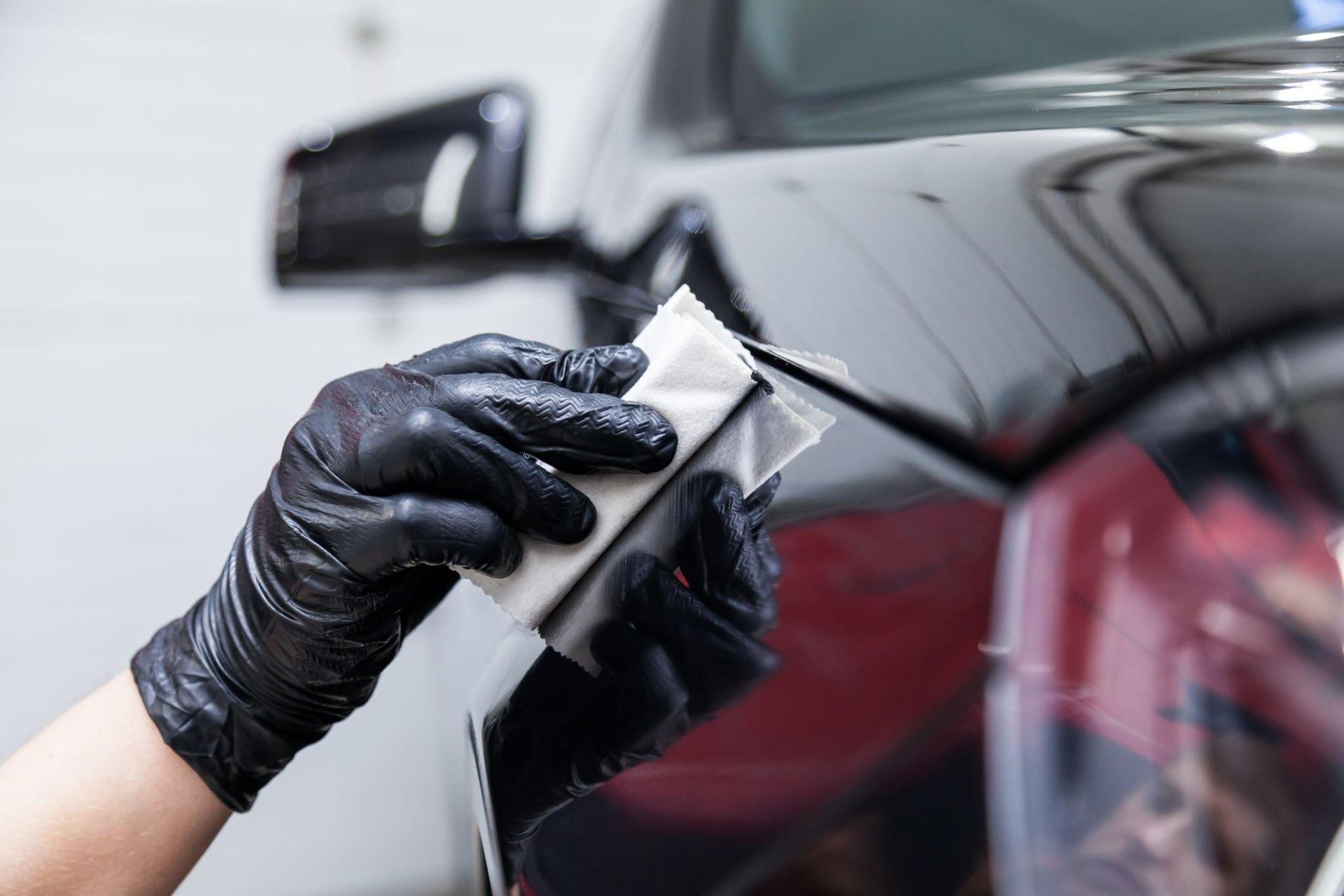
FAQ (Frequently Asked Questions)
Q: Can I use an automatic car wash on my ceramic-coated car?
A: Using an automatic car wash on a ceramic-coated car is generally not recommended, as the high-pressure jets and harsh chemicals can potentially damage the coating. If you use an automatic car wash, choose a gentle setting and avoid using wax or sealant finishes, as these can strip the layer.
Q: Can I use a clay bar on my ceramic-coated car?
A: Using a clay bar can be a great way to remove contaminants from the surface of your ceramic-coated car. However, it is essential to use the clay bar gently and avoid applying too much pressure, as this could potentially damage the coating.
Q: How can I remove tree sap or bird droppings from my ceramic-coated car?
A: Tree sap and bird droppings can be challenging to remove from a ceramic-coated car, as they can harden and become stubborn. To remove these substances, use a ceramic coating safe bug and tar remover or a clay bar to lift them off the surface gently. Act quickly and do not allow the senses to sit on the coating for too long, as they can potentially damage the finish.
Q: Can I use a polisher on my ceramic-coated car?
A: Generally, using a polisher on a ceramic-coated car is unnecessary, as the coating provides a durable and glossy finish. However, if you notice swirl marks or scratches on the surface, you can use a light polisher or swirl mark remover to buff them out gently. It is essential to use a polisher designed explicitly for ceramic coatings and follow the manufacturer's instructions for use.
Q: Can I wax or apply a sealant over my ceramic coating?
A: While it is generally not necessary to wax or apply a sealant over a ceramic coating, some people do so for added protection or to enhance the shine. If you decide to apply a wax or sealant, be sure to use one specifically designed for ceramic coatings. Regular car waxes or sealants may not be compatible and could harm the layer.

